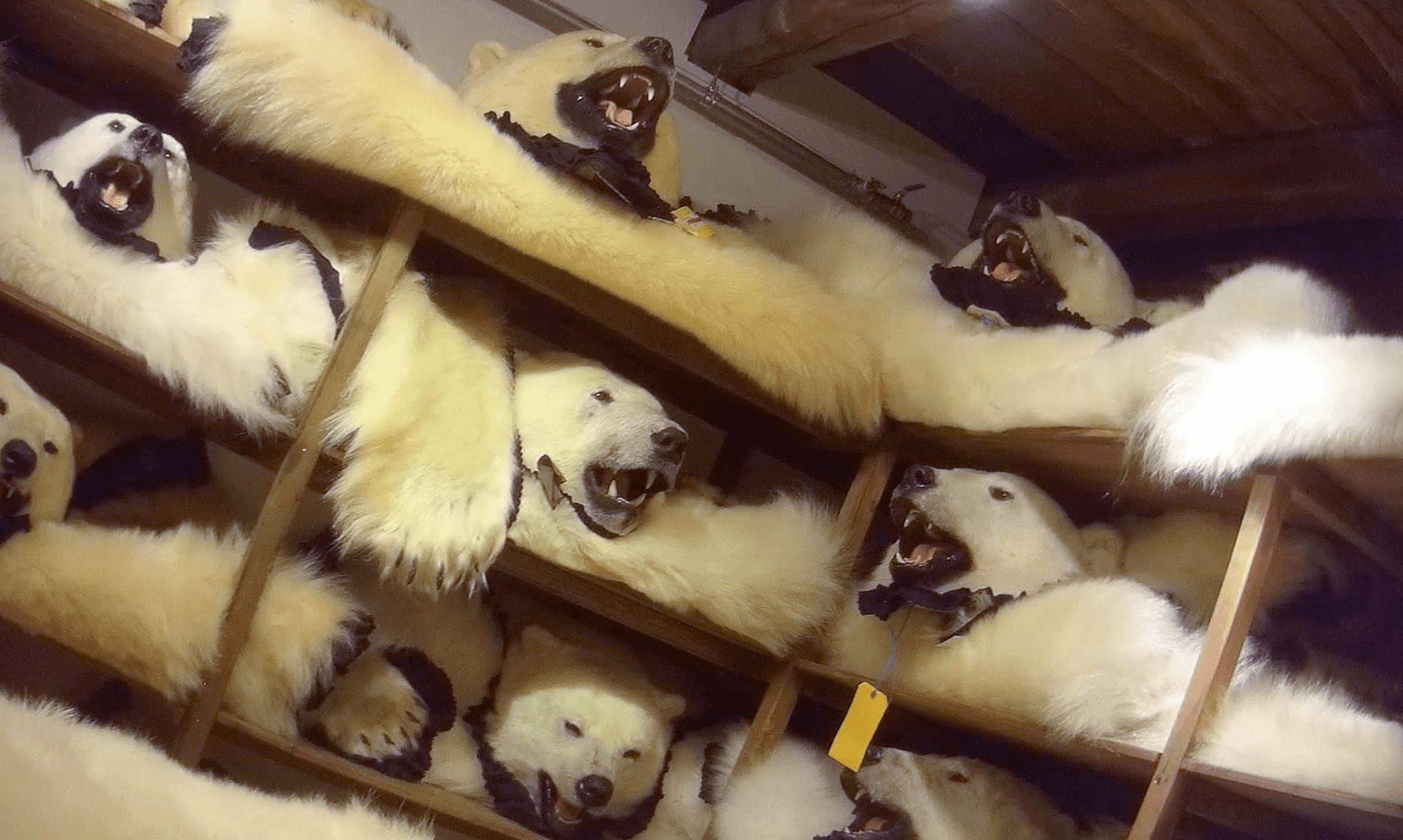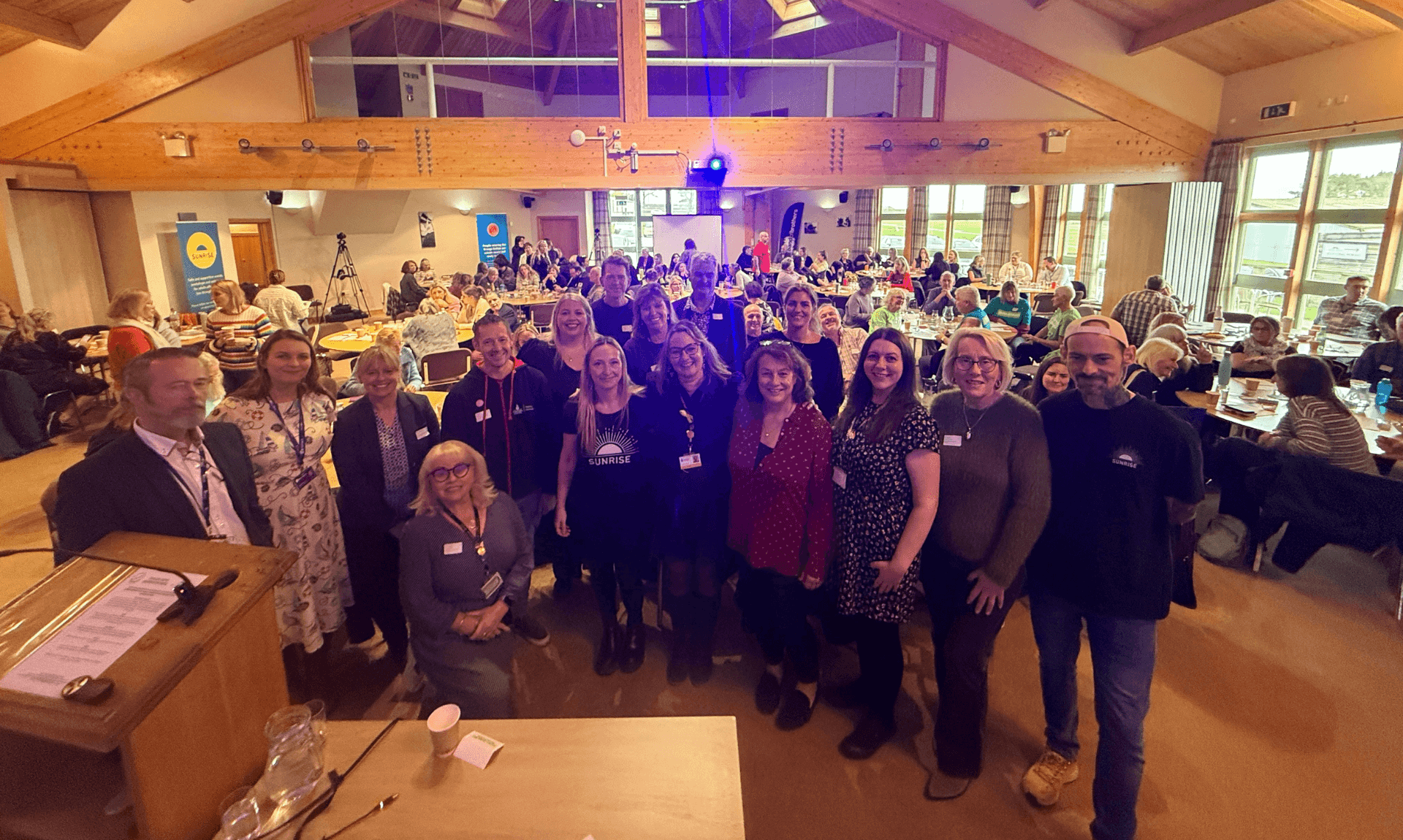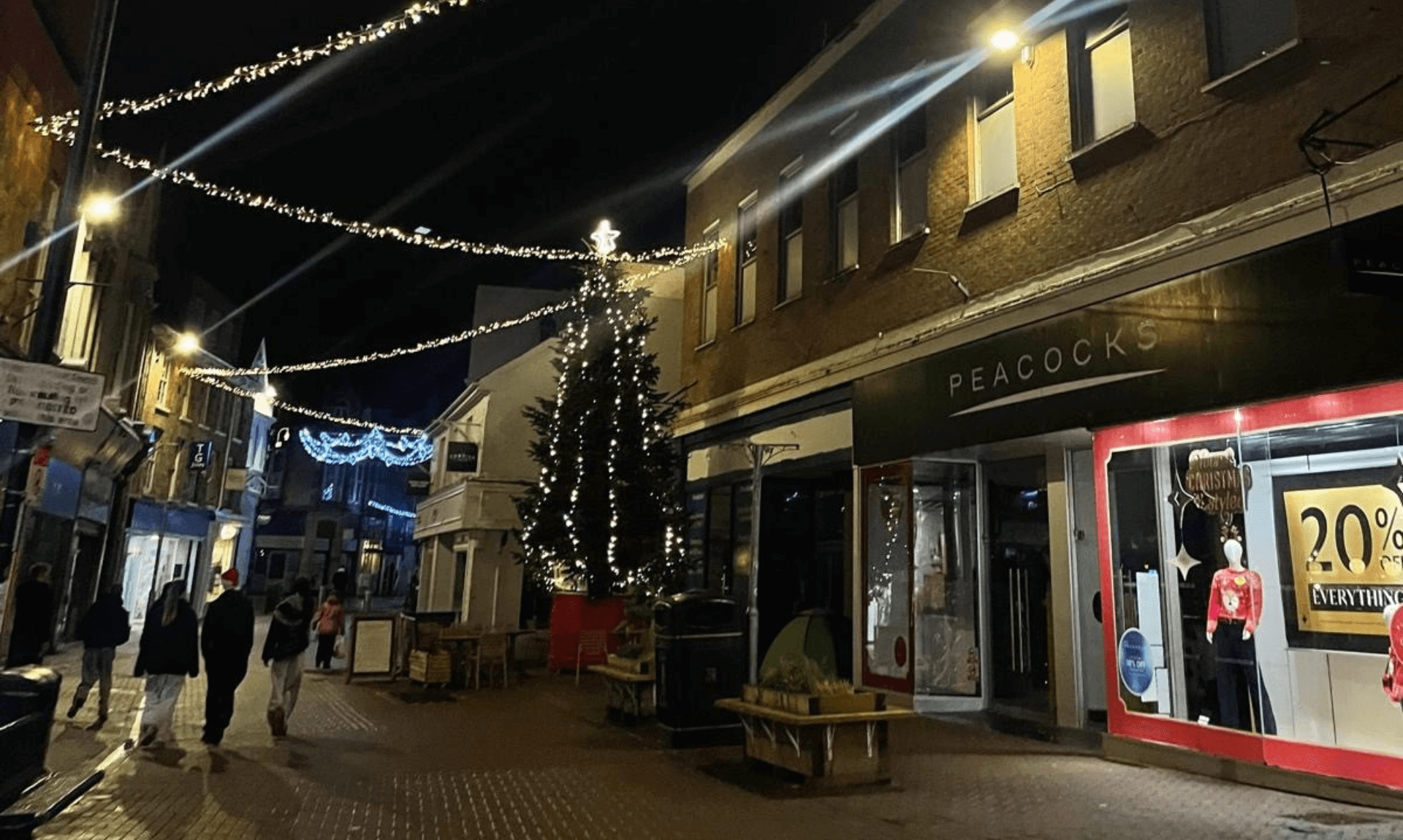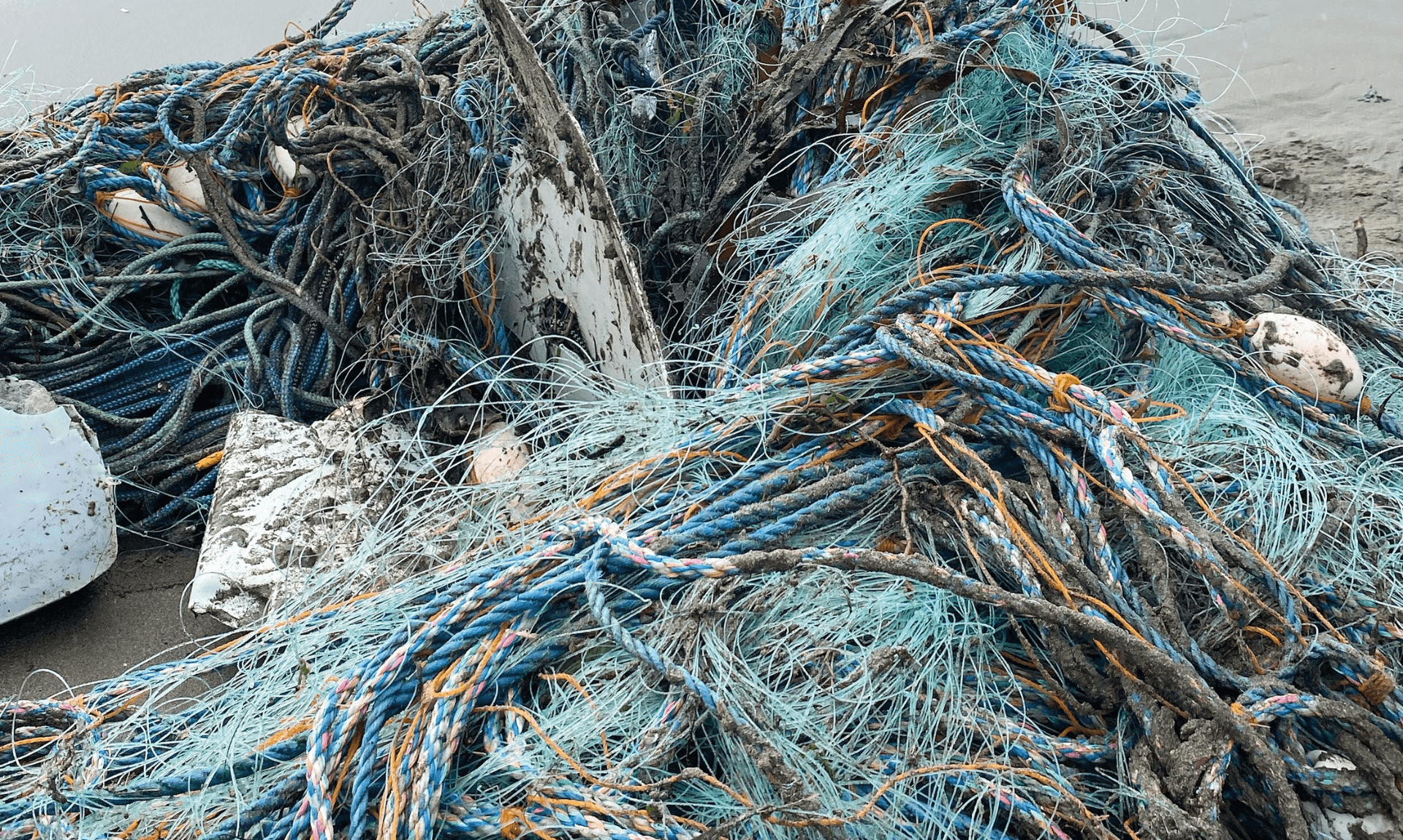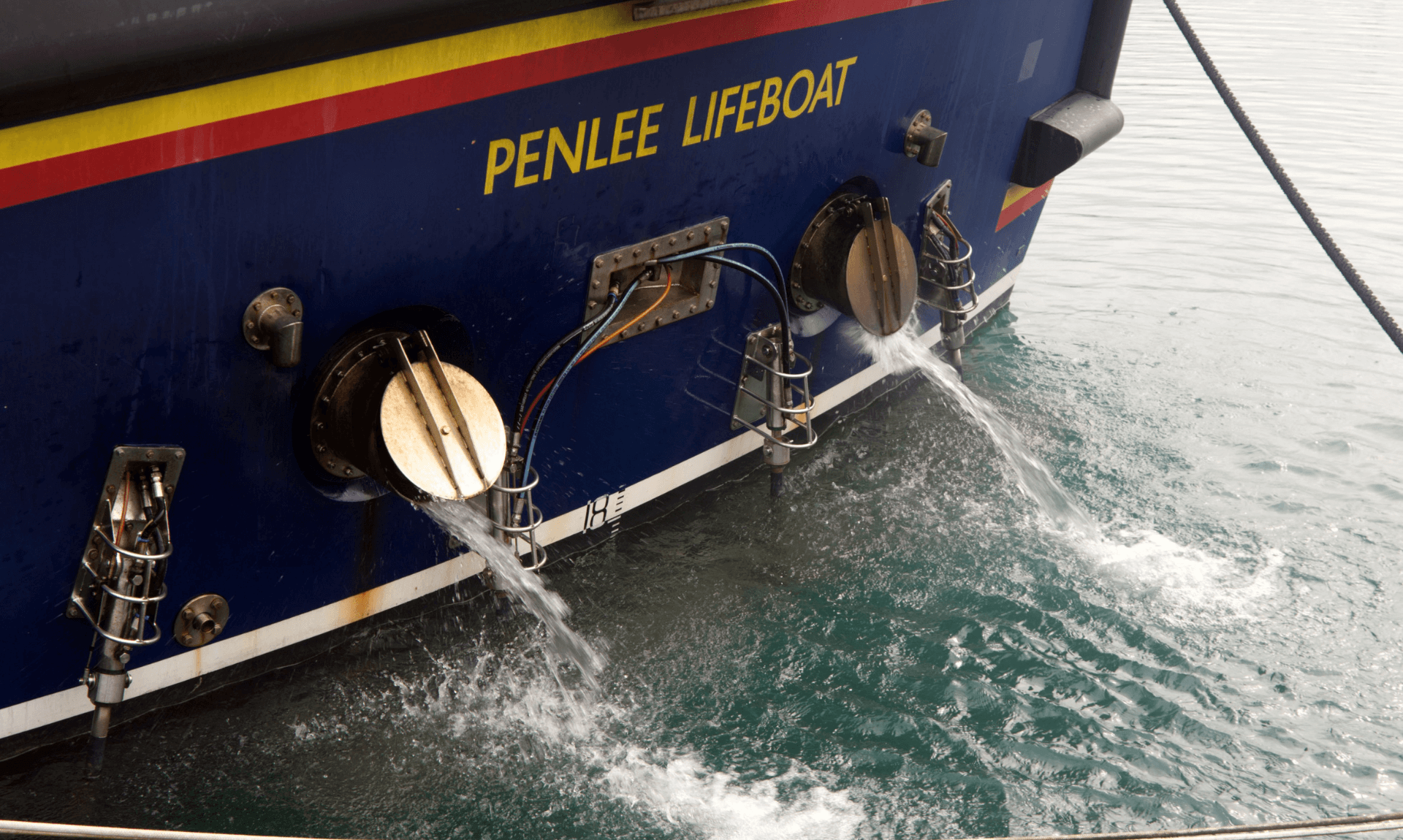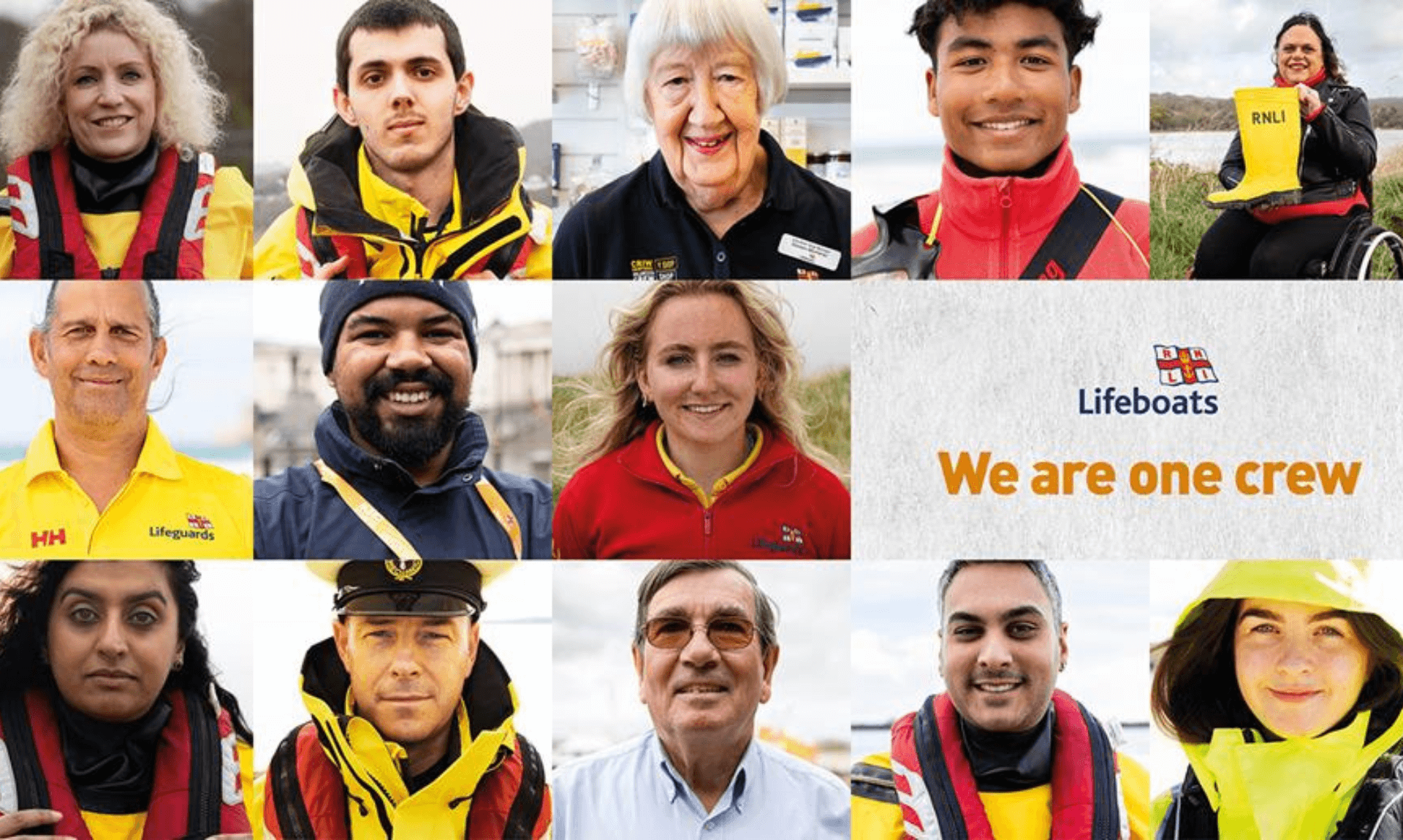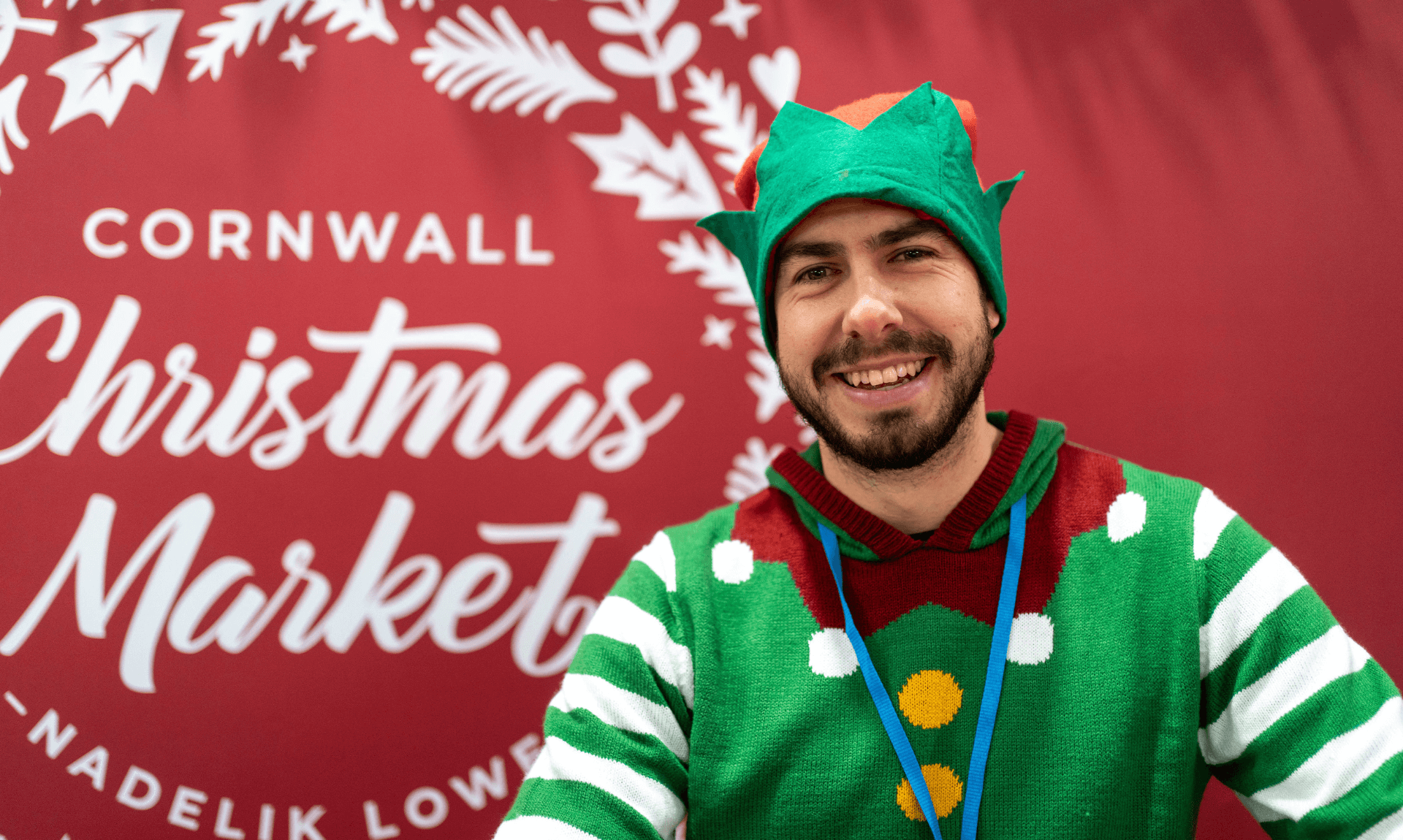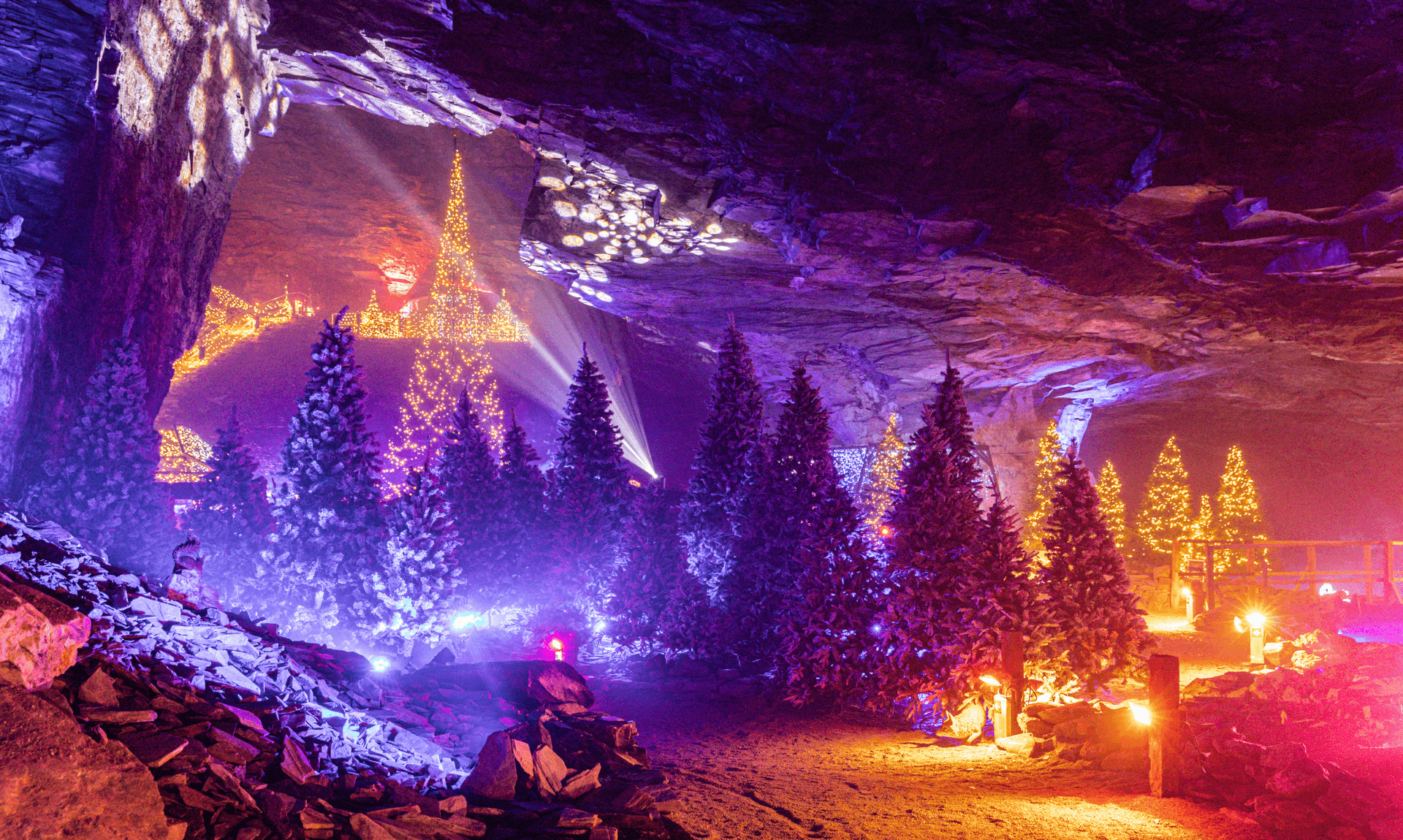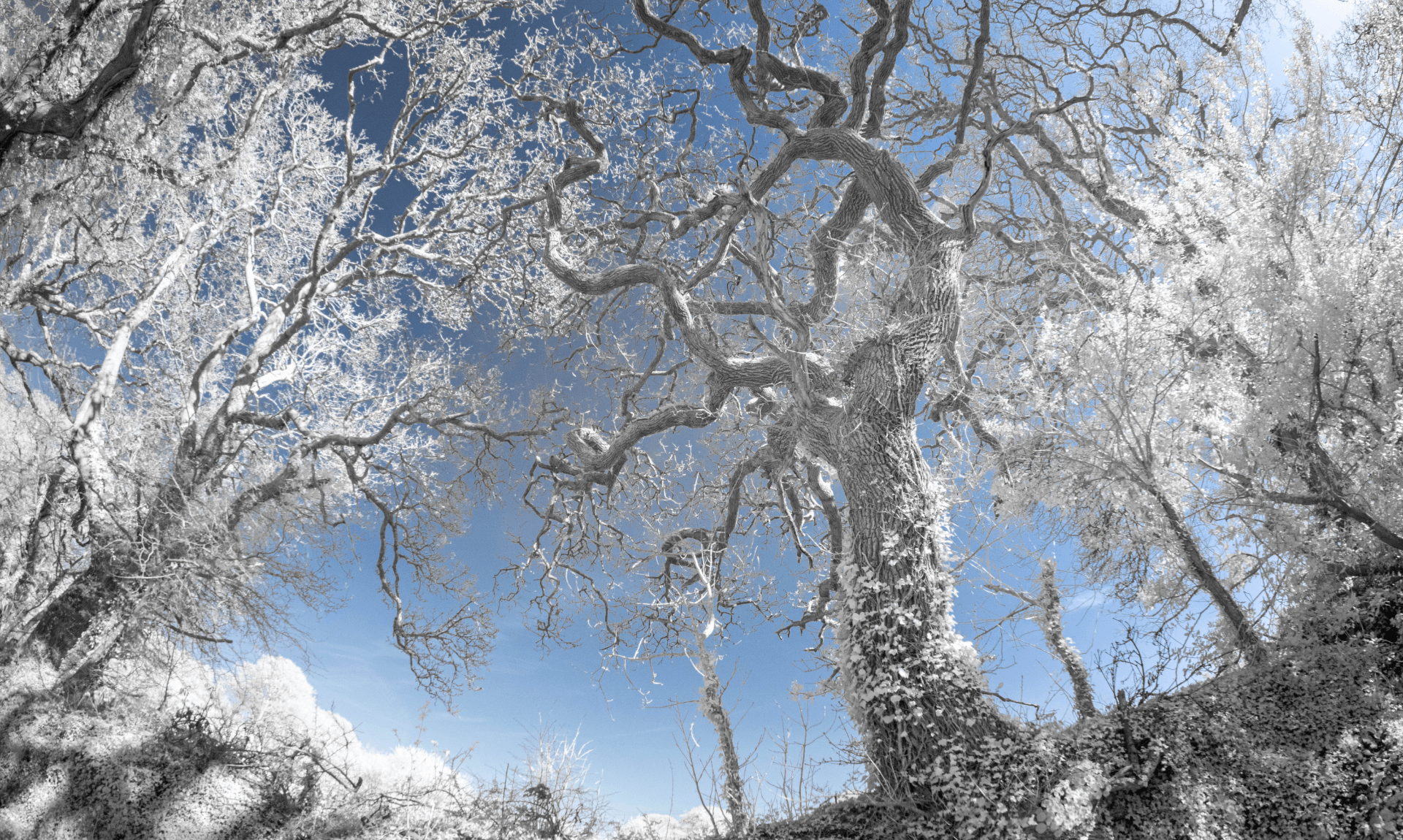The Polar Bear Exposé Cornwall Will See Before the Rest of the UK
On the surface, polar bears and Cornwall could not feel further apart. Yet at Lanhydrock House sits a full polar bear skin rug, a relic of a time when these animals were shot for trophies and laid out on the floors of British homes.
A new investigative documentary, Trade Secret, reveals that this commercial trade never really disappeared. Filmed over six years across nine countries, it exposes the legal but largely hidden international market in polar bear skins and is already drawing comparisons to Blackfish and The Cove.
Cornwall audiences will be among the first in the UK to see it, with a run of special screenings and in person Q&A sessions with director Abraham Joffe, an Australian filmmaker now based in Bath. The film is currently in the running for both Oscar and BAFTA consideration and recently won the Golden Panda, the top prize at the Wildscreen Festival, often described as the “Green Oscars”, selected from 682 productions submitted from around the world.
Cornwall’s surprising polar bear connection
At the heart of Trade Secret are three protagonists brought together by their concern for polar bears.
They are a Norwegian photographer who has spent years documenting the trade, Taiwanese wildlife advocate Iris Ho, who works on the frontlines of international policy, and South African journalist Dr Adam Cruise, widely known for breaking the global story of Cecil the Lion’s killing.
Their investigation reveals how hundreds of polar bears continue to be sold each year on the global market, despite growing concern from scientists about the species’ long term survival. The deeper they go, the more they uncover a web of politics, conservation and commerce that collides in ways the public was never meant to see.
The logline for the film describes it as:
“A gripping exposé of the polar bear fur trade, revealing how conservation, politics and commercial interests collide in ways the public was never meant to see.”
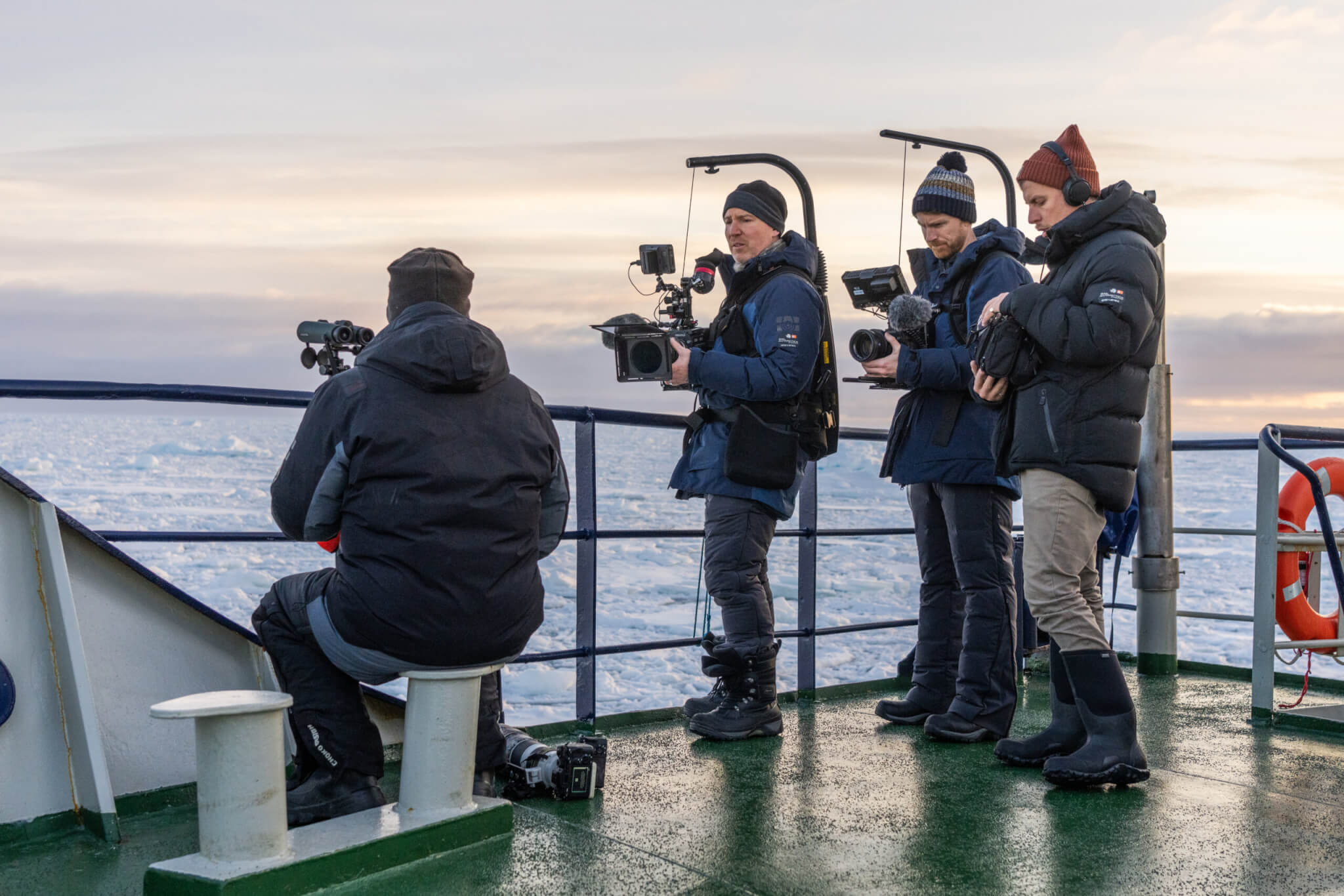
Inside a hidden global trade
Trade Secret follows the three allies as they try to protect polar bears from international commercial trade. It documents the sanctioned sale of hundreds of polar bears each year and raises questions about who really benefits from so called sustainable use.
Abraham said the idea first took hold during an Arctic trip in 2012, when he learned about the legal international trade in polar bear skins.
He said:
“I was shocked – not only that it existed, but that so few people, even within conservation, seemed to know. The polar bear is arguably the most symbolic species of our time – how could their commodification be quietly sanctioned by law?”
What began as a quiet investigation grew into a six year journey across nine countries. One of the most jarring moments came when the team discovered that Norway, where polar bear hunting has been banned for nearly 50 years, was the second largest importer of polar bear skins in the world.
Abraham said the film is not just about poachers or black market traders.
“At its core, this is not just a film about polar bears. It’s about what happens when trust in environmental institutions begins to erode – when policies are manipulated, and when sustainability becomes a shield for exploitation.”

Polar bears under pressure
The press material for Trade Secret sets out the wider picture for polar bears, described as one of the most recognised and beloved species on the planet and the world’s largest land predator. Their dependence on sea ice also classifies them as true marine mammals.
They have become a global symbol of both the climate crisis and the wider biodiversity loss sometimes called the sixth mass extinction. As sea ice forms later and melts earlier, bears are forced to travel further, fast longer and spend more energy just to survive. In some regions they are declining in body condition, producing fewer cubs and living shorter lives.
A 2007 U.S. Geological Survey projected that two thirds of the global polar bear population could vanish within 50 years if sea ice loss continues.
It is widely assumed that polar bears are fully protected. However, the press material highlights that they remain legally traded on the international market and continue to be targeted by foreign trophy hunters.
From 2002 to 2021, over 4,000 polar bear hides were legally exported from Canada. At its peak in 2012 to 2013, exports reached nearly 400 hides annually. In recent years the trade has continued at an average of 150 hides per year, most ending up in China, where a single skin can sell for upwards of 60,000 US dollars.
Foreign trophy hunters can legally pay more than 50,000 US dollars to kill a polar bear in Canada.
The film looks at how Canada, the only remaining supplier of the international commercial polar bear fur trade, has opposed previous efforts to upgrade protection at CITES, the Convention on International Trade in Endangered Species of Wild Fauna and Flora, and how recent management decisions have drawn concern from scientists.
In December 2023, the IUCN Polar Bear Specialist Group issued a formal warning, stating that new policies in Nunavut were biologically risky and potentially in breach of international conservation agreements, and warned that polar bears could soon qualify for an uplisting under CITES that would ban global trade entirely.

“One of the most horrific sights I have ever seen”
The film’s subjects describe some of the most shocking moments they experienced during the investigation.
Dr Adam Cruise said one of the hardest scenes was walking into a fur auction house in North Bay, Ontario.
He said:
“I had never seen so many furs of wild animals under one roof. The sheer number of polar bear skins hit the hardest. 300-400 full bear skins, almost all recently killed, was possibly one of the most horrific sights I have ever seen, even more than the ivory stockpiles in the South African government vaults.”
Iris said one of her most surprising moments was in Bergen.
She said:
“The most shocking moment was in Bergen when I learned that the polar bear skin shop had a dedicated Chinese sales agent and I was immediately put on the phone with her. I didn’t expect that at all.”
Norwegian photographer Ole described his own frustration at trying to obtain data from authorities.
He said it had been “very difficult” to get access to hunting and trade statistics and explained how he had to hire lawyers to obtain information from the Canadian government. He also recounted meetings in Norway where gaps in import controls raised fears that the country could be a loophole for the international trade, including skins labelled as “white sheep fur”.

Reviews already calling it “life changing”
Early reactions to Trade Secret have been strong, with environmentalists and filmmakers praising both the story and the way it is told.
Dr Sylvia Earle called it:
“A life-changing film.”
Wolfgang Knöpfler, producer of The Ivory Game and Sea of Shadows, described it as:
“A superbly crafted work – powerful, urgent, and deeply moving. It sheds light on a matter of global importance, and it does so with both journalistic integrity and cinematic finesse.”
Academy Award winning director Kartiki Gonsalves called the film:
“A breathtaking masterpiece and unflinching exposé – confronting humanity’s betrayal of the wild and the devastating cost of losing a species forever.”
Rachel Scott, producer and director on Frozen Planet 2 and Our Oceans, said:
“This is more than a film – it’s a wake-up call. Gripping, shocking, heartbreaking, and impossible to ignore. The revelations are staggering and demand global attention. You’ll walk away shaken, questioning everything – and wanting everyone you know to watch it. This could be the spark for real change.”
Adelaide Film Festival described Trade Secret as:
“Clear-eyed, forensic storytelling. Calm and quietly damning, it compels us to ask whether environmental protection has become just another market strategy.”
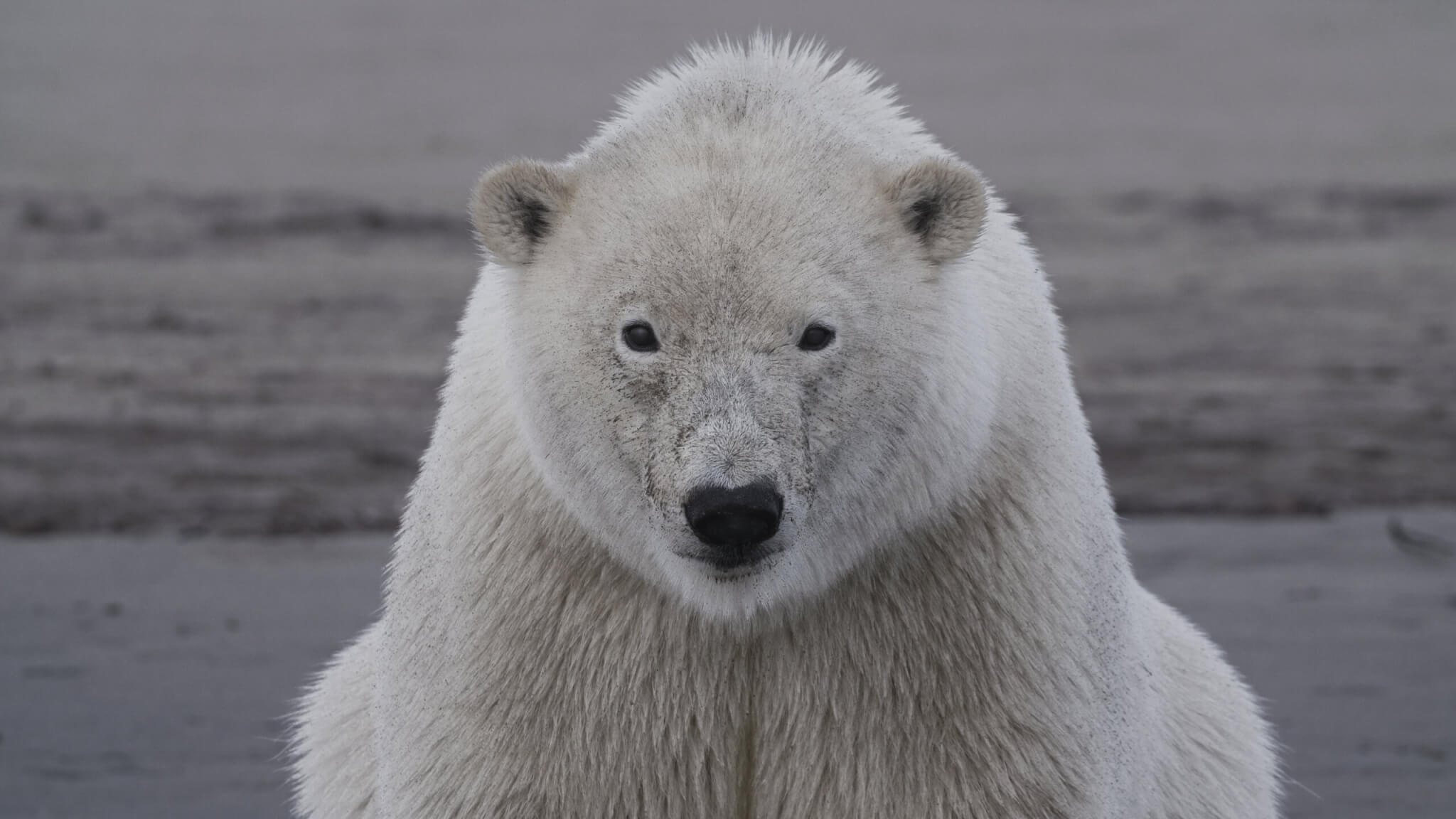
Backing from Oscar winner Adam McKay
The film’s executive producer is Adam McKay, known for The Big Short and Don’t Look Up.
Adam said he was first introduced to the film by his friend and nature advocate Chris Packham, who has been a strong supporter of the project. He said it was immediately clear that Abraham possessed exceptional skill as a cinematographer, but that the story itself is what stayed with him.
He said:
“When I first saw Trade Secret, I was floored by the world the film took me into. The depth of the investigative storytelling reveals the covert activities of a prominent global foundation, which belie the institution’s widely perceived philanthropic image.”
Adam added that Abraham and his crew approached the topic with “journalistic rigor and the integrity it deserves” and said their hope is that the film:
“Sparks urgent conversations about how we view our planet, protect its vulnerable species, and continue to expose the world of corporate wrong doings – especially during this frightening time we’ve created.”
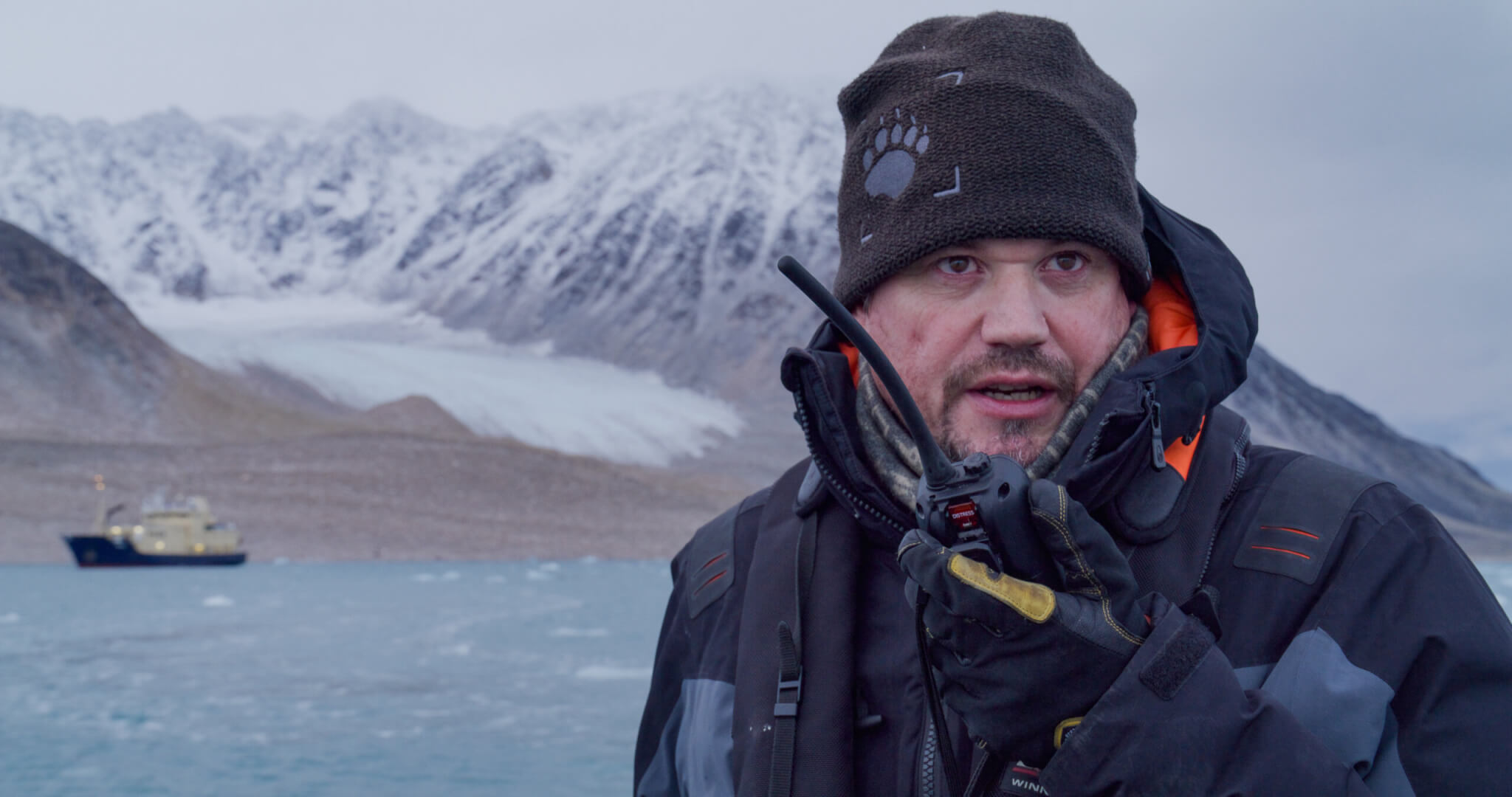
The team behind the camera
Abraham is an internationally acclaimed director, producer and cinematographer who has filmed professionally in more than 50 countries and across all seven continents.
His previous work includes Tales by Light, a series that began on National Geographic before later being picked up by Netflix, and Big Cat Tales, a wildlife series filmed in Kenya’s Masai Mara Reserve for Discovery/Animal Planet. He also produced and directed the Southern Ocean episode of Our Oceans, a Netflix original documentary series narrated by Barack Obama.
Director of photography and producer Dom West is an award winning filmmaker and ACS accredited cinematographer who has worked on Tales by Light, Big Cat Tales and Netflix series Our Living World and Our Oceans, among others.
Producer Louis Cooper Robinson has worked in film for 15 years, including on Trade Secret, Our Oceans, Big Cat Tales and Tales by Light, with earlier credits as a location scout on films including Kick Ass 2 and The Danish Girl.
The score is by Jesse Watt, a multi award winning film composer whose work has featured in film, television and brand campaigns around the world. The editor is Nico Bee, an award winning documentary editor with 25 years experience. Impact producer Sarah Beard has over 30 years in film and television and has worked on ocean conservation films including BLUE and Sea Lions – Life By A Whisker, and is currently running the Australian impact campaign for OCEAN with David Attenborough.
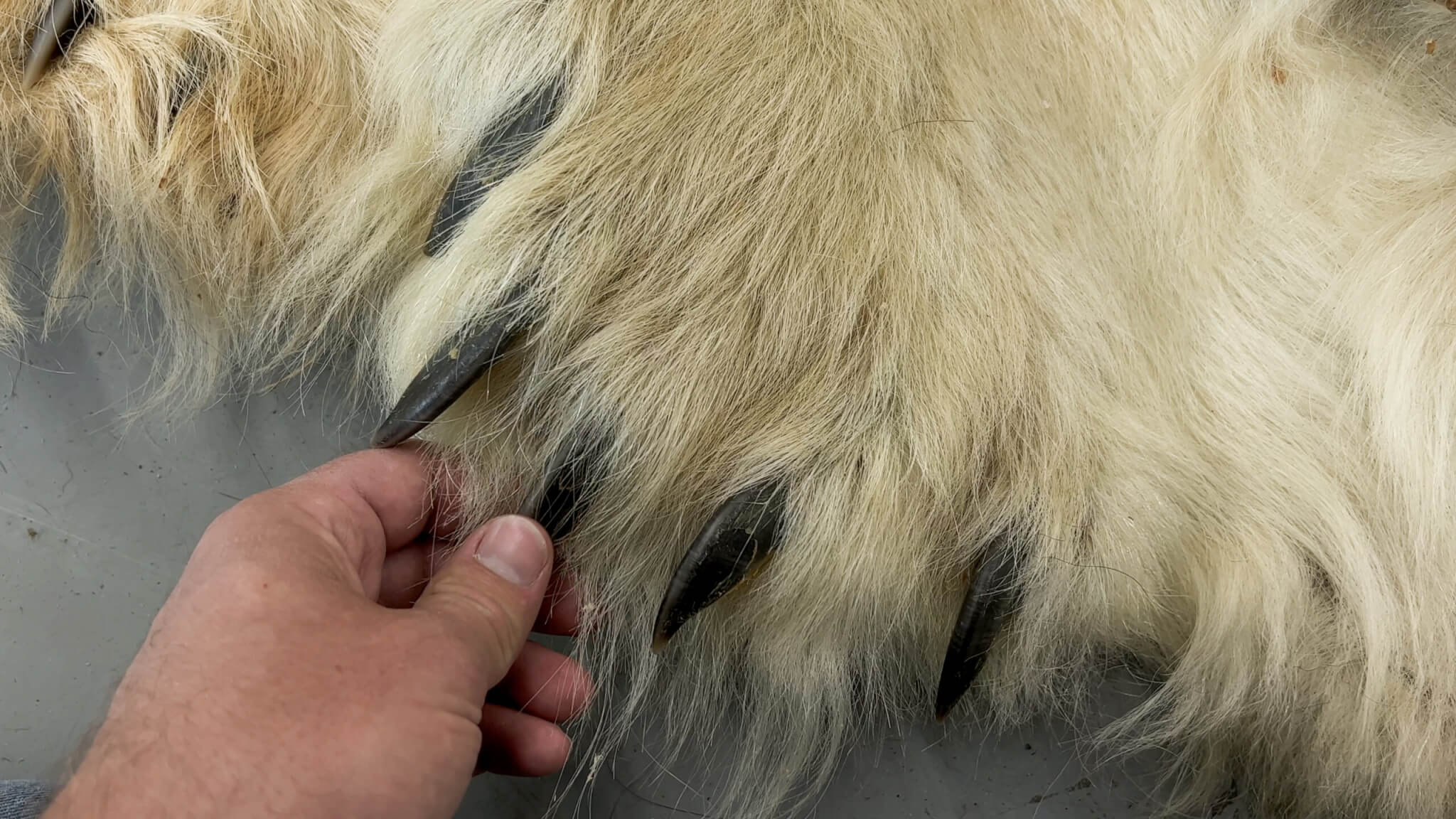
“The story dictated its own timeline”
Abraham said the film took several years to complete because he wanted to let the story unfold naturally.
He said:
“I wanted to document things as they truly happened – without shaping a story around a deadline. We didn’t set out to spend several years filming this story. But the story dictated its own timeline. And that’s what gave it authenticity.”
Looking ahead, Abraham said he hopes the film will act as:
“A catalyst – for awareness, for accountability, and for deeper public conversations about how we treat endangered species in a time of profound ecological crisis.”
He pointed to the “precautionary principle” as a key idea that stayed with him throughout.
“One idea that really stayed with me during the making of this film is the ‘precautionary principle’ – the concept that if there’s doubt, we should err on the side of the species. But in reality, the benefit of the doubt too often goes to trade, not protection.”
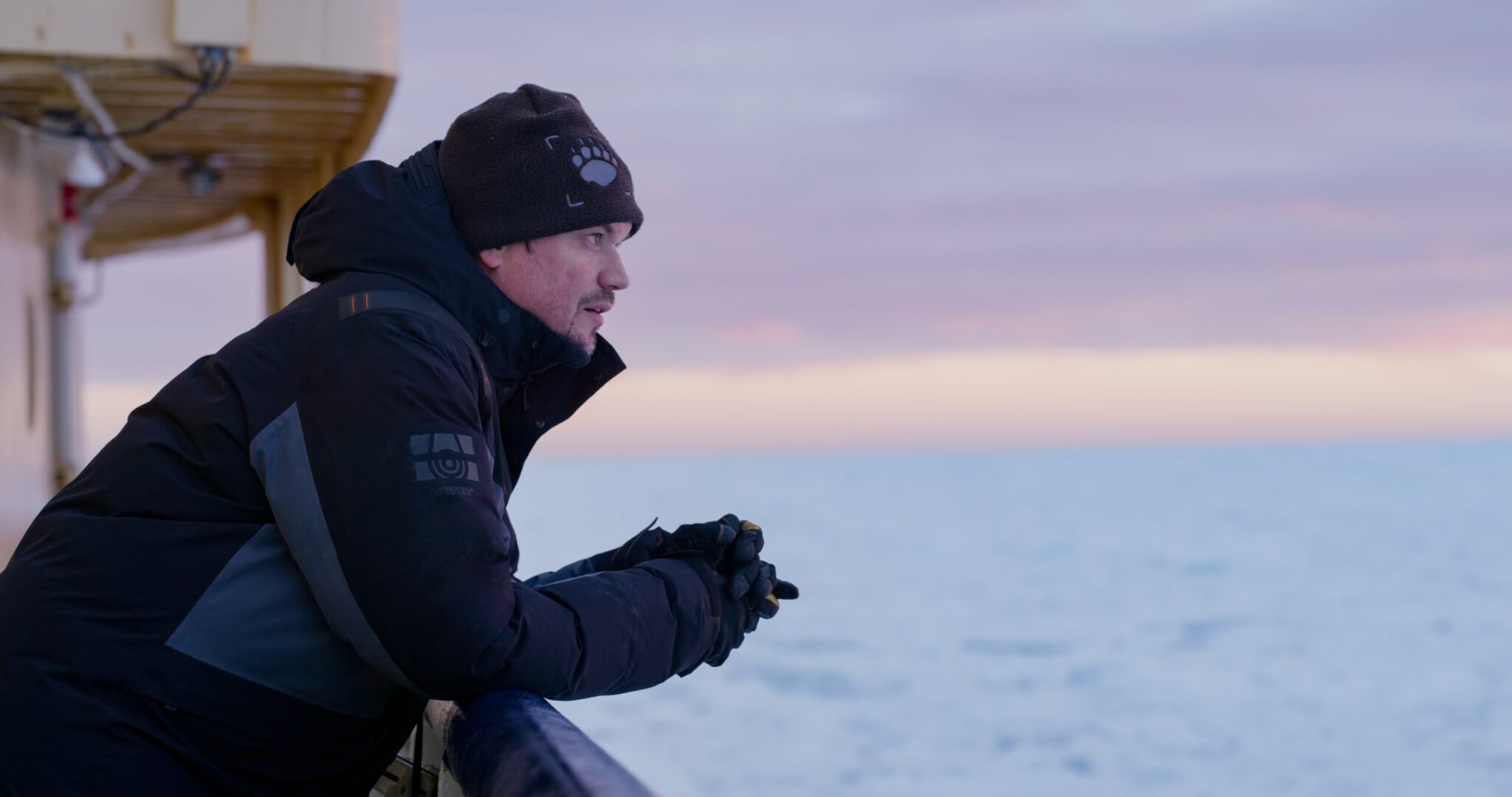
Cornwall screenings and film details
Cornwall audiences will be able to see Trade Secret ahead of its wider UK release, with three screenings and Q&A events planned in early December.
Local screening dates
-
Friday 6th December 2025, 18:00, Plaza Truro
-
Saturday 7th December 2025, 15:00, Regal Redruth
-
Saturday 7th December 2025, 19:00, Regal Wadebridge
Film details
-
Title: Trade Secret
-
Director: Abraham Joffe
-
Executive Producer: Adam McKay
-
Running time: 98 minutes
-
Countries: Australia / United Kingdom, 2025
-
Language: English
-
BBFC (UK): 12A
The film asks a simple but uncomfortable question. In a world where polar bears are already on the frontline of the climate crisis, can the continued legal trade in their skins ever be justified, or will future generations look back and wonder why the warning signs were not enough?
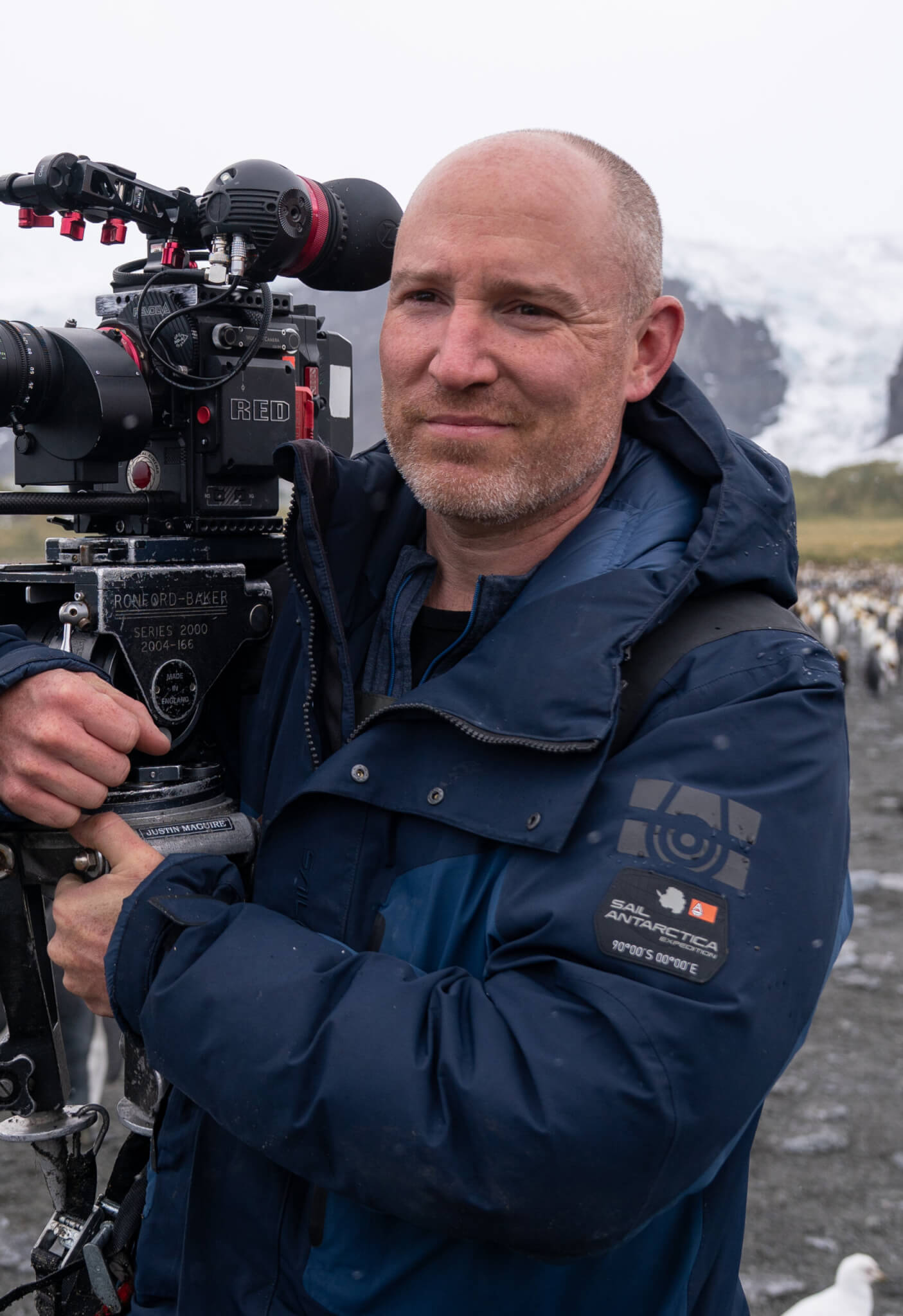
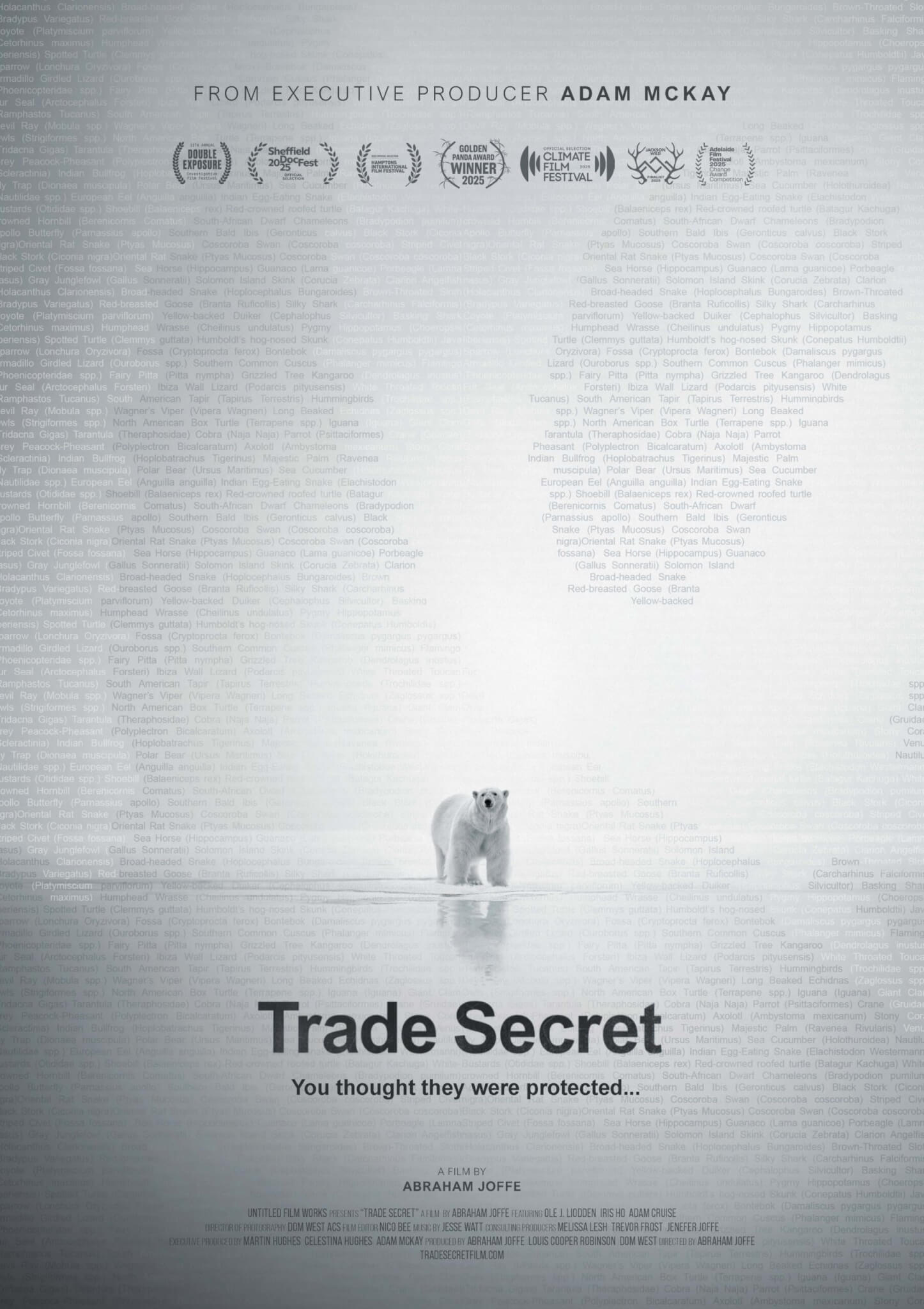
Share This Story, Choose Your Platform!
To keep up with the latest cornish news follow us below
Follow CornishStuff on Facebook - Like our Facebook page to get the latest news in your feed and join in the discussions in the comments. Click here to give us a like!
Follow us on Twitter - For the latest breaking news in Cornwall and the latest stories, click here to follow CornishStuff on X.
Follow us on Instagram - We also put the latest news in our Instagram Stories. Click here to follow CornishStuff on Instagram.
You Might Also Be Interested In
Don’t Miss What’s Happening in Cornwall
Join others in Cornwall by receiving the latest daily news in Cornwall, sent direct to your inbox.

